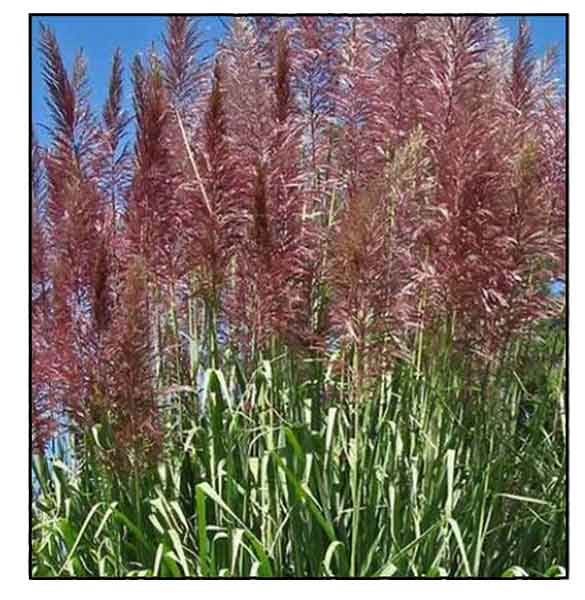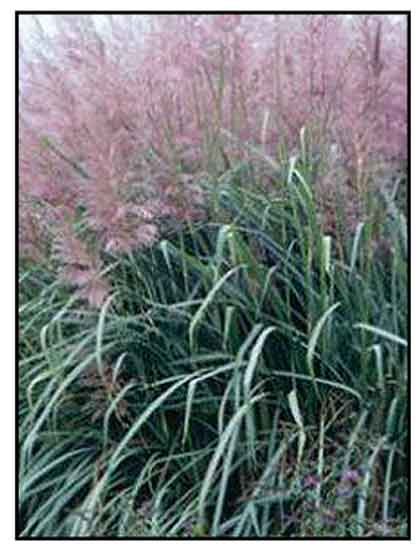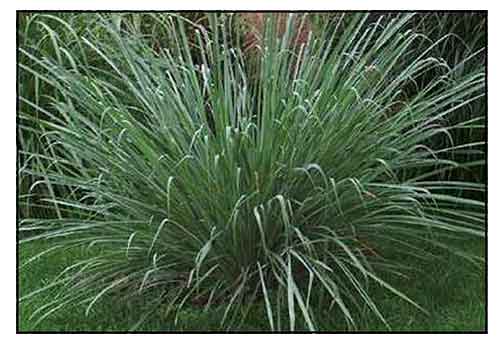
Family • Poaceae
Gatbo
Tripidium arundinaceum (Retz.) Welker, Voronts. & E.A.Kellogg
HARDY SUGAR CANE
Ban mao
| Scientific names | Common names |
| Erianthus arundinaceus (Retz.) Jeswiet | Bagi-unas (Ilokano) |
| Erianthus griffithii var. trichophyllus Hand.-Mazz. | Gatbo (Tagalog) |
| Erianthus trichophyllus (Hand.-Mazz.) Hand.-Mazz. | Lakbo (Tag.) |
| Imperata exaltata (Roxb.) Brongn. | Chinese plume grass |
| Ripidium arundinaceum (Retz.) Grassl | Devil sugarcane (Engl.) |
| Saccharum arundinaceum Retz. | Hardy sugar cane (Engl.) |
| Saccharum arundinaceum var. augustifolium A.Camus | Pinreed grass (Engl.) |
| Saccharum arundinaceum var. trichophyllum (Hand.-Mazz.) Phil. & Chen | Reedy sugarcane (Engl.) |
| Saccharum barbicostatum Ohwi | |
| Saccharum exaltatum Roxb. | |
| Saccharum soltwedelii Kobus | |
| Tripidium arundinaceus (Retz.) Welker, Voronts. & E.A.Kellogg | |
| Tripidium arundinaceum is an accepted species. KEW: Plants of the World Online | |
| Other vernacular names |
| ASSAMESE: Meghela kuhiyaar. |
| CHINA: Ban mao. |
| HINDI: Ramsar. |
| INDONESIA: Galunggung, Glonggong, Tibarau. |
| JAPANESE: Yoshi suzuki. |
| MALAYSIA: Buloh teberau, Tebu salah, Riong. |
| KANNADA: Kadukabba. |
| SANSKRIT: Munja. |
| SINHALA: Rambuk. |
| TAMIL: Pey karumu, Pi karumbu, Nanal. |
| TELUGU: Adavicheruku. |
| THAILAND: Khaem, Pong, Ta-po. |
| VIETNAM: Lau, Ranh. |
Botany
Constituents Properties Studies Availability |
March 2023
![]()
 |
| Â Â Â Â Â Â Â Â Â Â Â Â Â Â Â Â Â Â Â Â Â Â Â Â Â PHOTOS / ILLUSTRATIONS |
| IMAGE SOURCE: Photo: Saccharum arundinaceum / © Alchetron / Non-commercial use / click on images to go to source page / YDHVN |
| OTHER IMAGE SOURCE: Photographs (2): Saccharum arundinaceum / © Viet binh luan / Non-commercial use / click on images to go to source page / Alchetron |
Additional
Sources and Suggested Readings |
• |
DOI: It is not uncommon for links on studies/sources to change. Copying and pasting the information on the search window or using the DOI (if available) will often redirect to the new link page. (Citing and Using a (DOI) Digital Object Identifier) |
| Â Â Â Â Â Â Â Â Â Â Â Â Â Â Â Â Â Â Â Â Â Â Â Â Â Â Â Â Â Â List of Understudied Philippine Medicinal Plants |
• |
 |




